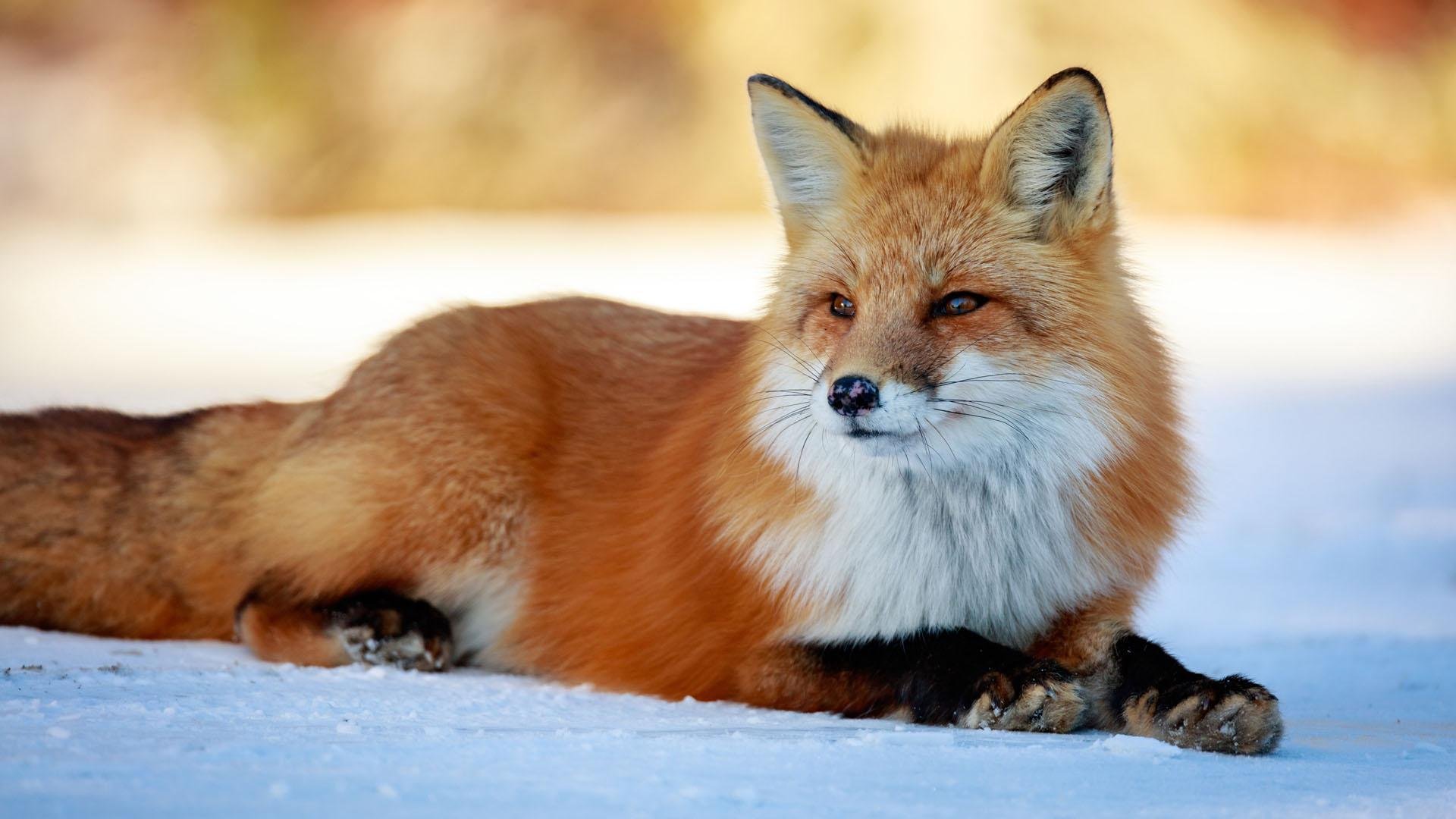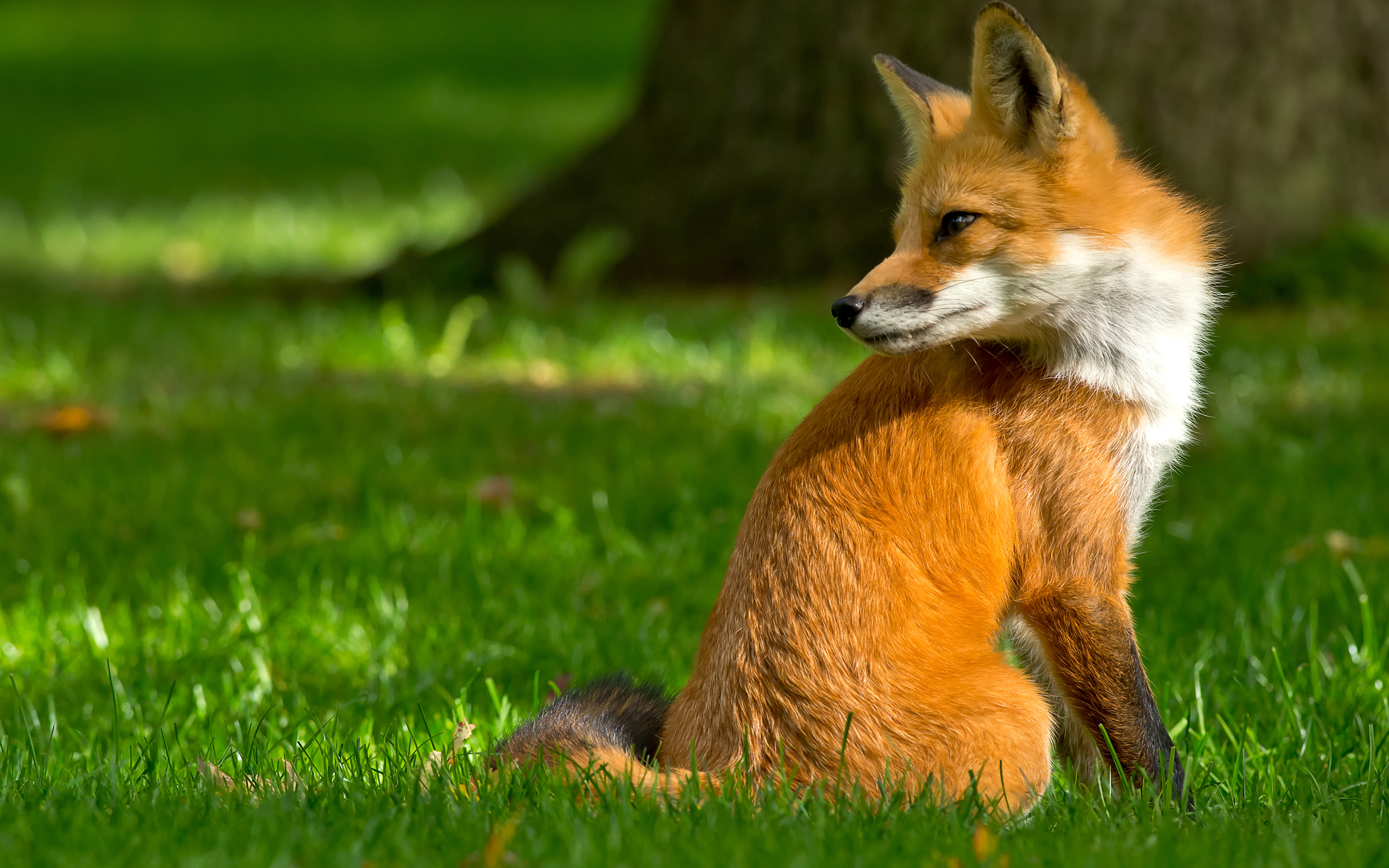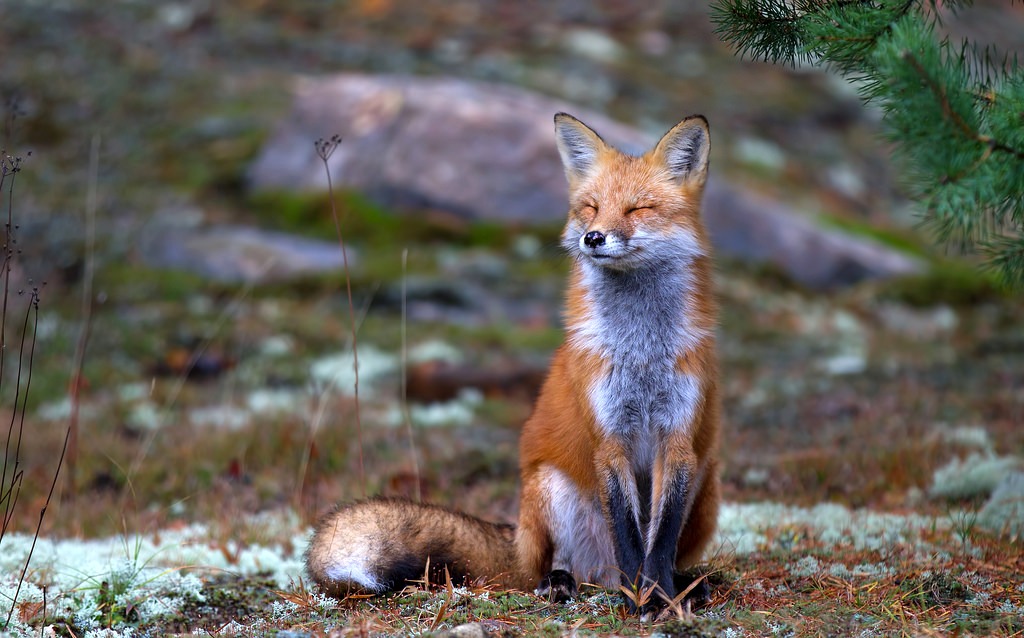Foxes are among the most adaptable and intriguing animals in the wild. Belonging to the Canidae family, which also includes dogs, wolves, and other canids, foxes have captured the imagination of people worldwide through their cunning nature and striking appearance.
1. Diverse Species
There are about 37 species of foxes, but the most recognized is the red fox (Vulpes vulpes). This species is known for its distinctive reddish-brown fur, bushy tail, and white-tipped ears. Other notable species include the Arctic fox, fennec fox, and gray fox, each uniquely adapted to their environments.
2. Habitat and Distribution
Foxes are found on every continent except Antarctica. They thrive in various habitats, from forests and grasslands to deserts and urban areas. Their adaptability is a key reason for their widespread distribution, allowing them to coexist alongside humans in many regions.

3. Social Structure
Foxes are generally solitary animals, unlike wolves, which are highly social. However, they can also form family groups, especially during the breeding season. A typical family group consists of a mated pair and their offspring, which stay with their parents for several months to learn essential survival skills.
4. Diet and Hunting
Foxes are omnivorous and have a varied diet that includes small mammals, birds, fruits, and insects. Their hunting style is characterized by their keen senses, particularly their hearing, which allows them to locate prey even under snow or foliage. They often use a technique known as “mousing,” where they pounce on their prey from a distance.
5. Communication
Foxes communicate through a range of vocalizations, body language, and scents. Their calls can include barks, screams, and howls, each serving a different purpose, such as warning others of danger or attracting a mate. Scent marking is also crucial for establishing territory and communicating with other foxes.
6. Adaptations
Foxes have developed various adaptations to survive in their environments. Their sharp, retractable claws allow them to climb, and their keen eyesight helps them detect movement in low light. The Arctic fox, for example, has a thick coat that insulates it from extreme cold, while the fennec fox has large ears that help dissipate heat in the desert.

7. Reproduction
The breeding season for foxes typically occurs in winter, with a gestation period of about 52 days. Females give birth to a litter of kits, usually ranging from three to six, although larger litters can occur. The kits are born blind and helpless, relying entirely on their mother for food and protection.
8. Lifespan and Predators
In the wild, foxes typically live around three to six years, though some can reach up to 14 years in captivity. Their main predators include larger mammals like coyotes, wolves, and humans. Young kits are particularly vulnerable to various threats until they mature.

9. Cultural Significance
Throughout history, foxes have held significant cultural meanings in various societies. Often depicted as clever and cunning creatures, they appear in folklore and literature worldwide. In many cultures, they symbolize adaptability and intelligence, but they can also be associated with trickery and deceit.
10. Conservation Status
Most fox species are not currently endangered, though habitat loss and hunting pose threats to certain populations. Conservation efforts focus on preserving their habitats and mitigating conflicts with humans, particularly in urban areas where foxes often venture for food.
11. Foxes in Urban Areas
As urbanization increases, foxes have adapted remarkably well to city life. They often scavenge for food in parks and gardens, leading to fascinating interactions with humans. While some people find their presence charming, others may view them as pests, leading to ongoing debates about coexistence.

12. Fun Facts
- Foxes have a specialized gait; they walk with their toes and can rotate their hind feet to prevent leaving tracks.
- A group of foxes is called a “skulk” or “leash.”
- Foxes can make over 40 different sounds to communicate.
Conclusion
Foxes are remarkable creatures that embody the spirit of adaptability and intelligence. Their ability to thrive in diverse environments, their intricate social behaviors, and their cultural significance make them a fascinating subject of study and admiration. As we continue to share spaces with these clever animals, it’s essential to understand and appreciate their role in our ecosystems.
